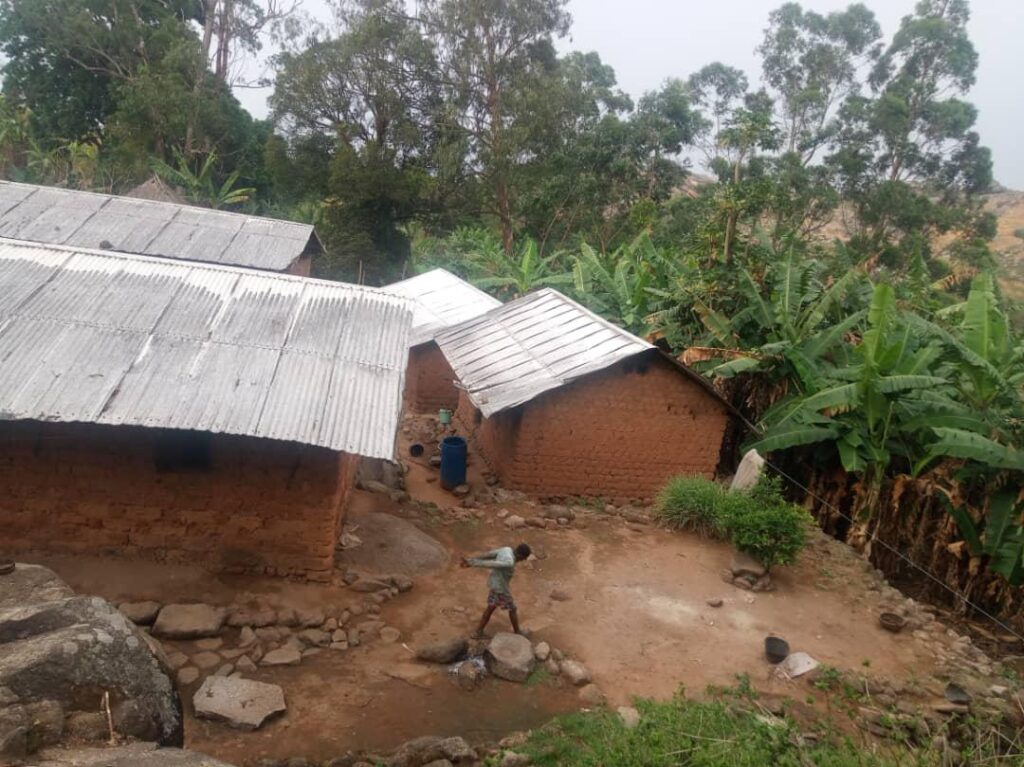
Sawi Fondom
Brief History
The people of Sawi originally came from Oku, because of dispute over leadership, Mbukchu who failed to become a Fon had to leave the Oku palace. Rivers and fast running streams hinder their movements for this reason and to avoid them, they decided to follow the high land passage. They called this passage (Oula Fuyena). It was through this means that Mbukchu and his people managed to reach this present side sawi and established their chiefdom without conflict, as there were no habitants in the area. Before reaching Sawi, they were already hilltop dwellers, hence they all settled in and around the Sawi palace which is the highest point in Bum area. One of the reasons they must settle there was that they found a lot of caves which were use as dwelling places and for safety during wars. There was much wild live here which made the people to love hunting.
Hunting was difficult as there were no modern weapons. Primitive methods were used. Among them the lining of stones on hill tops to block the free movements of animals and trapping them. They called this method (Kukey Tama Mufie). Digging of large holes and filling them halfway with water in order to trap animals such as, Buffalos, Giraffes, Baboons, etc, was another method. This was called (Tima-a-Abea). The holes were often dug at a passage between two forests. Traces of this method could be seen, if not destroyed by much grazing on the hill tops or at indicated point. They could also be found in the Kimbi Reserve.
Tima-a-Abea has left behind the traditional science of reading the last quantity of wine poured from a calabash into a native cup. The reading and the result there fore is called (acuta Muluka).
When Mbukchu has finally settled, he went back to Oku on a peaceful visit. Oku people who thought that he had died were surprised to see him. He was given civil reception. Good relationship between them was strengthen as he was this time received as a leader of his own people. He was then named (Sawi) meaning disappeared and reappeared. His people became known as the Sawi people. The cordial relationship continued, Up till now in Oku. The section of the Oku palace in which Mbukchu was staying is still maintained and called Sawi Palace. Much more evidence of good relationship between Oku and Sawi is that the Sawi Fon is enthroned in the presence of Oku Fon and Vice versa. This is a real blood and brotherly relation. Inter traditional rights are constantly being performed in the two palaces.
Immediately the war period began, raiders, in search of cheap articles for the slave trade raided the area. They were from the Northern Region of Nigeria and the Sawi man called them (Mkoli). Many families namely Mungong, Mbuk, Saff etc were attacked and many people swept away. These facts were gotten from captives who returned from the Northern Nigeria, amongst them was pa Njikilang from Ngen who came and stayed in the Baptist mission in Songka with the granddaughter married to the catechist. The Northern raiders found it difficult to penetrate Sawi. The geographical location of the palace helped them to halt the mighty army which defeated every village in the area. Guards could sight as far as possible to identify their enemies. When enemies were approaching, they used the rocks as barricades. Horses could not run very swift while approaching the palace due to stiff and
rocky hills. These natural advantages and the hard work of the people made Fon Wainmbenayah survived. Another factor which made him survive was that his people obeyed him and stayed together. When the people of Kom saw that Sawi survived from the hands of the raiders, they were surprised. The kom man nick named the Sawi man “ABUM” Idiom, which means weevils. Instead of attacking them, Kom decided to enter into a peaceful agreement with Saw…

